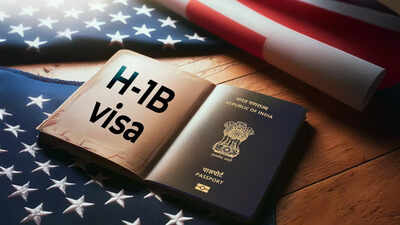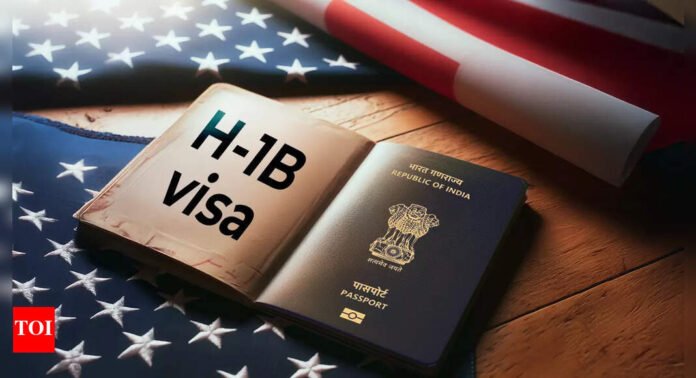H-1B Visa Guide: What Indians Need to Know

Indian nationals, being the main recipients of the H-1B program, face significant impacts from visa rejections. (AI image)
NEW DELHI: Are you an H-1B visa applicant or aspirant? Get ready for longer wait times, higher denial rates, and new challenges. Immigration experts suggest that H-1B visa applicants to the United States should prepare for higher rejection rates, longer processing times, and more paperwork during the upcoming term.
The application submission deadline for this fiscal year was extended by 24 hours last week due to technical issues. In March, the USCIS selected 120,141 applications through a lottery system from the total registrations received. The H-1B visa program has an annual cap of 85,000 visas.
What Should Indians Prepare For with the H-1B Visa?
A study by the Pew Research Centre showed that strict evaluation of H-1B applications led to a 15% rejection rate in 2018. This rate dropped to 3% during the Biden administration.
Indian nationals, being the primary recipients of the H-1B program, were particularly affected by visa rejections. Both Indian and American companies use this program to deploy workers in the US.
Key Points to Consider:
- Expect longer wait times, similar to those seen during the previous administration.
- Be ready for increased scrutiny of H-1B petitions.
- USCIS processing times increased by 12-36 months during the last term.
- There is a rise in requests for evidence (RFE), requiring more documentation.
- The post-approval visa stamping and issuance process has lengthened, from a few days to about four weeks.
Joel Yanovich, an immigration lawyer at Murthy Law Firm, told ET: “We expect increased scrutiny of H-1B petitions. Given what we saw during the last term, and the administration’s general skepticism of the positive impact of immigration, it is important to be prepared for what is likely coming.”
Yanovich also noted that while this increased interest partly comes from unsuccessful H-1B lottery participants, it also reflects employers and individuals trying to avoid H-1B complications.
What Are the Alternatives to the H-1B Visa?
With increased scrutiny, applicants are exploring other visa options, including:
- L-1 Visa: For temporary transfers within the same company to the US.
- EB-5 Visa: For investment-based immigration.
- O-1 Visa: For individuals with extraordinary abilities or achievements.
- EB-2 NIW (National Interest Waiver): For advanced degree holders working in roles that benefit US national interests.
Immigration specialists report a 50% increase in EB-5 applications since January. There is also growing interest in L-1 visas and O-1 visas.



